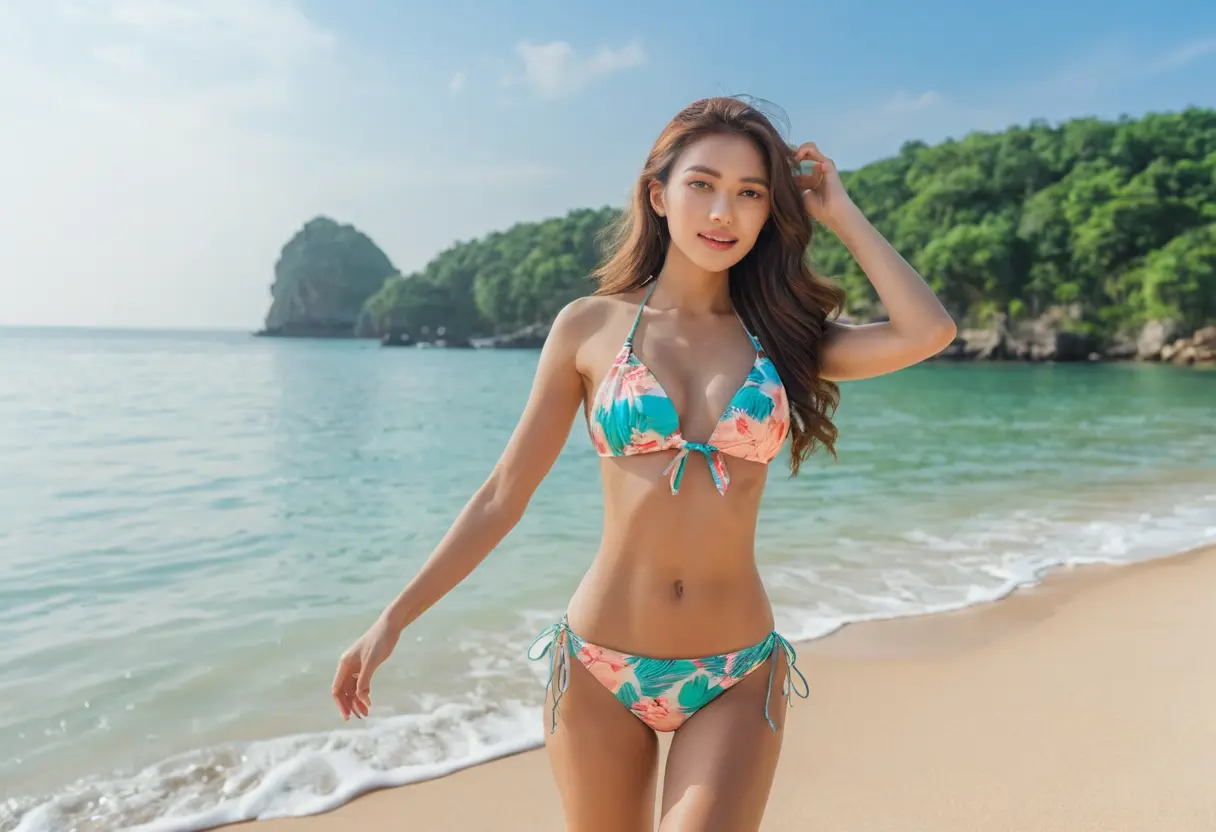AI Technology Transforming Fashion and Art Through Image Analysis
Introduction
Artificial Intelligence (AI) is revolutionizing various industries, with fashion and art being at the forefront of this transformation. Through advanced image analysis, AI technologies are reshaping how designers create, how consumers shop, and how artists express themselves. This article explores the multifaceted impact of AI on fashion and art, highlighting key innovations, applications, and the future potential of this technology.
The Role of Image Analysis in Fashion Design
In the fashion industry, image analysis powered by AI is streamlining the design process and enhancing creativity. Designers can now leverage AI tools to analyze vast amounts of visual data, which helps in identifying trends, predicting consumer preferences, and even creating new designs. Some key applications include:

- Trend Forecasting: AI analyzes images from social media, fashion shows, and online retailers to identify emerging trends before they become mainstream.
- Automated Design Generation: Algorithms can generate design variations based on existing patterns and styles, offering designers a plethora of creative options.
- Personalization: By understanding consumer behavior through image recognition, brands can create personalized shopping experiences, suggesting items that align with individual tastes.
This integration of AI in fashion design not only accelerates the creative process but also ensures that brands remain competitive in a rapidly evolving market.

Enhancing Retail Experiences with AI
AI's influence extends beyond design into retail, where image analysis is transforming how consumers interact with brands. Retailers are employing AI technologies to create immersive shopping experiences. Notable advancements include:

- Virtual Try-Ons: Augmented reality (AR) combined with AI allows customers to virtually try on clothes and accessories, significantly enhancing the online shopping experience.
- Visual Search: Consumers can upload images of desired items, and AI-powered tools will find similar products available for purchase, streamlining the shopping journey.
- Inventory Management: AI analyzes sales data and customer preferences to predict demand, helping retailers manage stock more efficiently.
These innovations not only improve customer satisfaction but also drive sales by making shopping more convenient and personalized.
AI in Artistic Expression
The art world is also experiencing a profound shift due to AI technologies. Artists are using image analysis to push the boundaries of creativity and expression. Key aspects of this development include:
- Collaborative Creation: Artists are collaborating with AI algorithms to produce unique artworks that blend human creativity with machine-generated elements.
- Art Restoration: AI tools can analyze and restore damaged artworks by predicting original colors and details, preserving cultural heritage.
- Art Market Analysis: AI analyzes trends in the art market, helping collectors and investors make informed decisions based on historical data and predictive analytics.
Through these applications, AI is not just a tool for artists but also a catalyst for new forms of artistic expression.
The Ethical Considerations of AI in Fashion and Art
While the integration of AI in fashion and art offers numerous benefits, it also raises important ethical questions. Issues surrounding copyright, originality, and the role of human creativity must be addressed. Key considerations include:
- Copyright and Ownership: As AI-generated art becomes more common, determining ownership rights becomes complex, challenging traditional notions of authorship.
- Job Displacement: The automation of design and retail processes raises concerns about job security for professionals in these industries.
- Bias in Algorithms: AI systems can perpetuate existing biases if not carefully monitored, potentially impacting representation in fashion and art.
Addressing these ethical dilemmas will be crucial as the industries continue to evolve with AI technologies.
Conclusion
AI technology is undeniably transforming the realms of fashion and art through innovative image analysis. From revolutionizing design processes to enhancing retail experiences and expanding artistic expression,undress ai tool the implications of AI are profound and far-reaching. However, it is essential to navigate the ethical challenges that accompany these advancements thoughtfully. As we look to the future, the collaboration between human creativity and AI promises to create exciting opportunities, driving both industries toward unprecedented horizons.